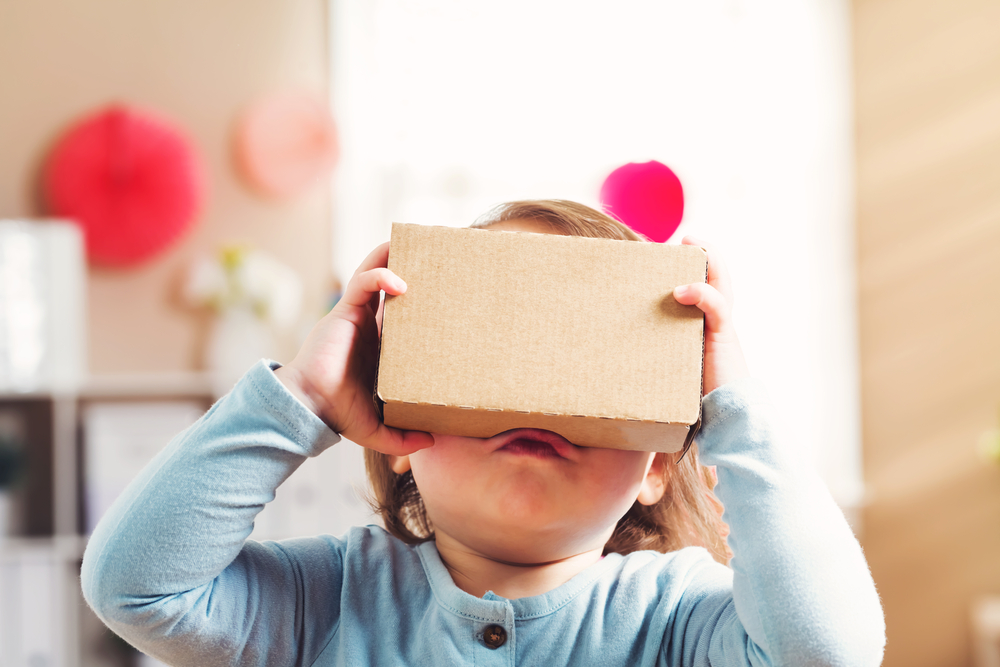Alternative Treatment for Kids with Cerebral Palsy Could Be Virtual Reality Games

Virtual reality 3D games may be a promising alternative tool to improve motor and cognitive function in cerebral palsy patients, according to researchers at the University of Fortaleza in Brazil.
In the study, “Novel Virtual Environment for Alternative Treatment of Children with Cerebral Palsy,” published in the journal Computational Intelligence and Neuroscience, eight experts considered the technique to be likely to assist in motor and cognitive rehabilitation of patients with cerebral palsy.
Treating children with cerebral palsy is a challenging task for physicians because patients often withdraw from treatment, mainly due to lack of motivation or delayed perception of their progress. Using virtual reality 3D games, however, may change this paradigm.
The rehabilitation process benefits from playful activities because they increase the patient’s motivation and reduce the child’s awareness of their traumatic symptoms, such as pain and fear. Virtual reality games, expecially, are highly attractive to patients and pose challenges they must overcome to pursuit rewards.
Using these games to lead the patients into performing specific tasks required for motor and cognitive learning may have an important role in healthcare.
Now, the researchers developed a special virtual reality game as an alternative tool to help motor and cognitive rehabilitation in children with cerebral palsy. The virtual game, in which most tasks included selecting specific objects in the shortest time possible, was able to interact in real-time via a motion sensor of the hands and fingers (the Leap Motion). The levels of attention during each task were measured through an electroencephalographic sensor called MindWave.
To validate the virtual environment as a possible therapy for kids with cerebral palsy, the researchers examined a questionnaire that reflected the perceptions of experts at the Occupational Therapy Center of the Nucleus for Integrated Medical Assistance (NAMI) at the University of Fortaleza.
Among the eight specialists included in the study, 87.5 percent considered it highly likely that the tool can aid in motor rehabilitation of the upper limbs, and 50 percent thought it is highly probable it will also improve patients’ cognitive function. Also, all the experts believe the virtual environment will increase the children’s attention and concentration during the treatment.
Regarding treatment withdrawal, 32.5 percent of the experts think it is likely the tool will decrease withdrawal rates among patients.
Although the specialists noted positive aspects to the virtual reality game, such as its playfulness; different levels of difficulty; new possibilities of motor and cognitive stimulation; motivation; and increase in attention levels, they also demonstrated some concerns. Those included overuse, rejection of the MindWave sensor, difficulty in handling the hand and finger sensor, and also that the patient may lose interest in conventional treatments.
Still, the authors concluded in their report that “the specialists were highly optimistic about including the use of the virtual environment in addition to the traditional treatments, as an alternative playful tool for cognitive and motor rehabilitation among children.”


